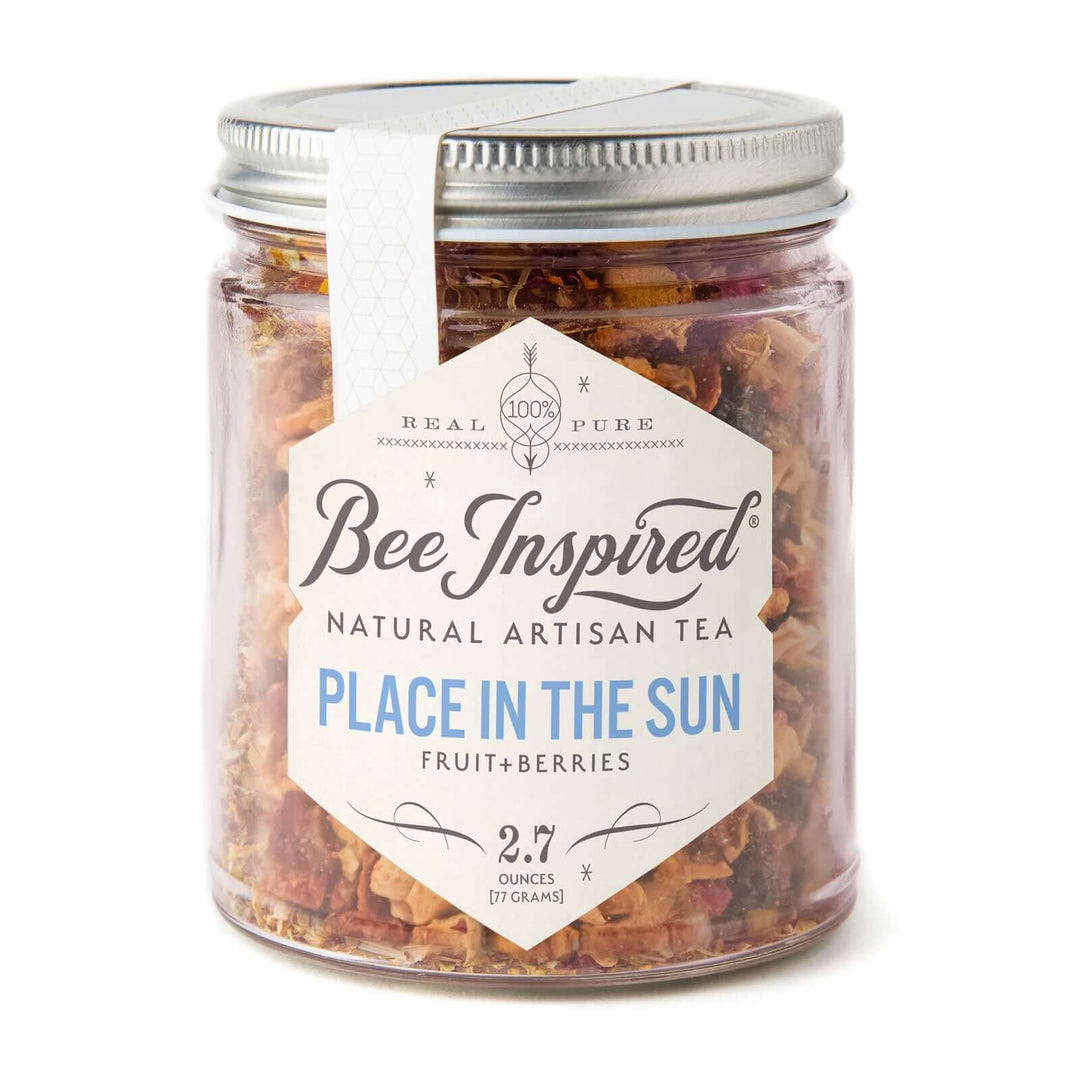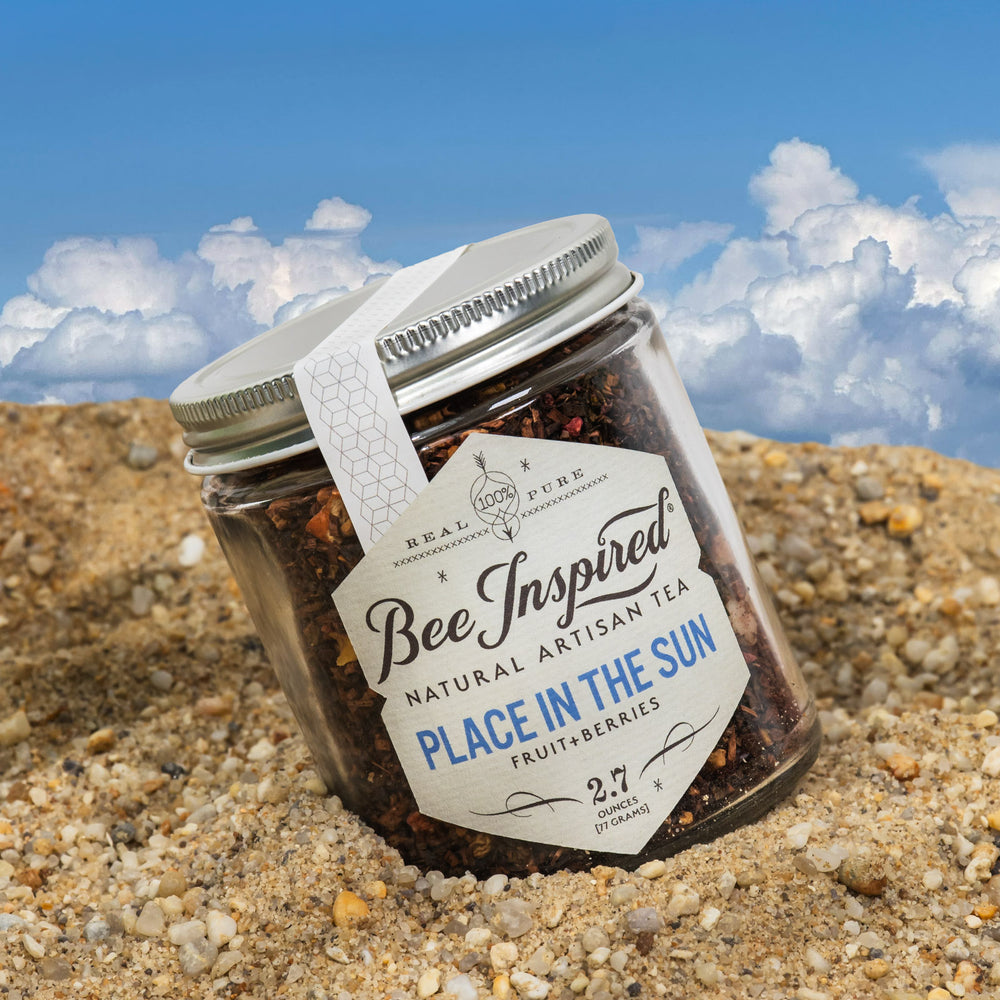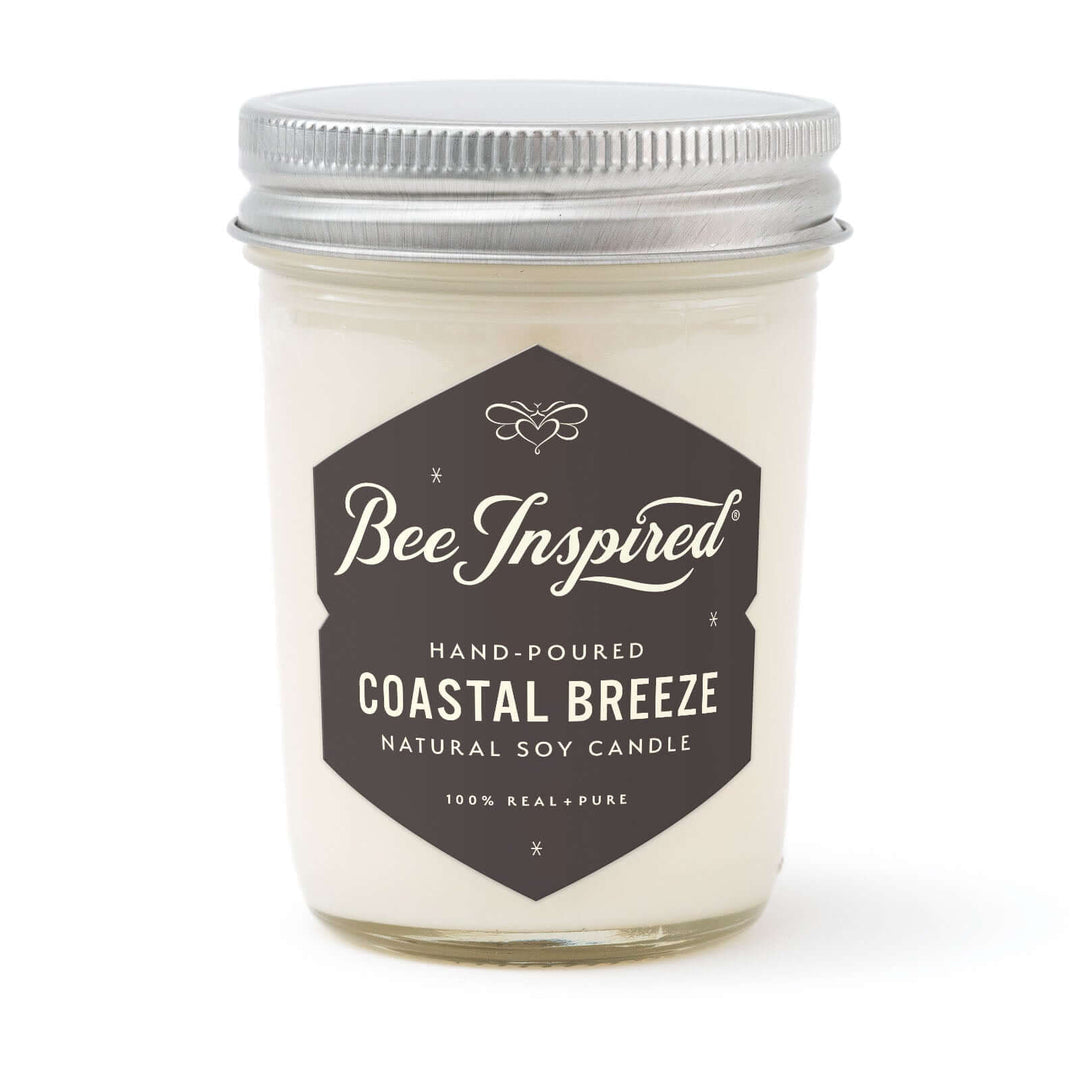Lavender stands as one of the most versatile herbs in the gardener's palette, offering distinct benefits for both culinary enthusiasts and ornamental landscapers alike. In the kitchen, culinary lavender varieties like English Lavender (Lavandula angustifolia) provide delicate, sweet notes perfect for flavoring honey, baked goods, and herb blends without the overpowering perfume of their ornamental cousins. Meanwhile, ornamental varieties such as French Lavender (Lavandula x intermedia) create stunning visual displays with their taller stems, vibrant purple hues, and longer-lasting blooms, making them ideal for cut flower arrangements, dried bouquets, and essential oil production. Incorporating either type into your Maryland herb garden not only enhances its aesthetic appeal through contrasting textures and colors but also attracts beneficial pollinators, repels garden pests naturally, and releases a calming fragrance that transforms your outdoor space into a sensory sanctuary. The versatility of lavender extends beyond the garden, offering therapeutic benefits in homemade soaps, candles, and sachets—making it truly a plant with year-round purpose.
Check out these bees pollinating lavender plants
Choosing the Right Lavender Plant
- Research different types of lavender, such as English Lavender and French, to determine which variety suits your climate and desired use.
- Consider the mature size of the plant and its growth habits when selecting a variety.
- Understand the differences between various lavender species, including their hardiness, fragrance, and flowering habits. Both English and French lavenders are commonly grown in North America.
- Choose a variety that is resistant to pests and diseases, such as powdery mildew and root rot. It is also crucial to purchase healthy plants with robust root growth to ensure successful transplantation into your garden.
- Select a variety that is suitable for your USDA Hardiness Zone.

Harvesting lavender with friends on Chesterhaven Beach Farm
Types of Lavender: English Lavender (Lavandula angustifolia) and French Lavender
When it comes to choosing lavender for your garden, two of the most popular types are English Lavender and French Lavender (Lavandula x intermedia). English Lavender is a compact, shrub-like plant that typically grows up to 10-14 inches high and bursts into bloom in June. Its delicate, sweet fragrance makes it a favorite for culinary uses and specialty gardens. On the other hand, French Lavender grows into a larger plant, reaching heights of 3-4 feet, and it blooms a few weeks later than its English counterpart. Known for its robust growth and striking appearance, French Lavender is often used in landscaping and hedges. Both types of lavender are celebrated for their beauty, fragrance, and versatility, making them excellent choices for any garden.

Our French Lavender Soy Candle has a beautiful fresh, clean, and warm scent
Selecting a Variety that Suits Your Climate and Desired Use
Choosing the right variety of lavender is crucial for ensuring healthy growth and maximizing its uses. English Lavender thrives in cooler climates and is perfect for culinary applications due to its delicate floral essence. It's an excellent choice for herb gardens and crafting. In contrast, French Lavender is better suited for warmer climates and is ideal for landscaping or creating hedges due to its larger size and robust nature. When selecting a variety, consider your local climate and how you plan to use the lavender. Whether you want to enjoy its fresh flowers in cooking or use it as a striking garden feature, there's a lavender variety that will meet your needs.
Understanding the Differences Between Various Lavender Species
Lavender comes in many species, each with unique characteristics and uses. English Lavender (Lavandula angustifolia) is a popular choice for herb gardens and culinary uses, thanks to its sweet, subtle fragrance. French Lavender (Lavandula x intermedia) is often used for landscaping and hedges due to its larger size and later blooming period. Spanish Lavender (Lavandula stoechas) stands out with its distinctive “rabbit ear” petals and is frequently used in crafts and potpourri. Understanding these differences can help you select the right lavender species for your garden and intended uses, ensuring you get the most out of your lavender plants.

Our Lavender Honey Lollipops have real lavender in them
Preparing Well Drained Soil for Lavender
- Test your soil pH and adjust it if necessary, as lavender prefers well-draining, slightly alkaline soil with a pH between 6.7 and 7.3.
- Add organic matter, such as compost or well-rotted manure, to improve soil structure and fertility. The best soil for growing lavender is dry sandy loam, which includes a balance of sand, clay, and organic material.
- Remove any debris, rocks, or weeds from the planting area to ensure good drainage and aeration.
- Lavender grows well in raised beds or containers if your soil is heavy clay or prone to waterlogging. Avoid too much moisture and ensure good drainage to protect lavender from rot and fungal infections.
- Use a soil mix specifically designed for lavender or herbs if planting in containers.
Soil Requirements: Well-Draining and Slightly Alkaline
Lavender plants thrive in well-draining soil that is slightly alkaline. The ideal soil for growing lavender is a dry sandy loam with a pH between 6.7 and 7.3. This type of soil provides the perfect balance of sand, clay, and organic material, ensuring good drainage and aeration. If your soil is too acidic or too alkaline, it can negatively impact the health and growth of your lavender plants. To improve drainage, consider adding builder's sand to the soil. For those planting lavender in containers, using a high-quality potting mix specifically designed for lavender or herbs can provide the right balance of nutrients and pH. The most common cause of lavender plants dying is wet roots due to poor drainage.
Testing and Adjusting Your Soil pH
Testing your soil pH is a crucial step in preparing your garden for lavender. You can use a soil testing kit available at garden centers or send a sample to a lab for a detailed analysis. If your soil pH is not within the ideal range of 6.7 to 7.3, you can adjust it by adding lime to raise the pH or sulfur to lower it. Remember, lavender plants prefer slightly alkaline soil, so it's better to avoid over-acidifying. Regularly testing and adjusting your soil pH ensures that your lavender plants have the optimal conditions for healthy growth and vibrant blooms.

Plant lavender in your garden to attract pollinators
Planting Lavender
Plant lavender in the spring or fall, when the weather is cooler, to minimize transplant shock. Planting lavender in the spring after the last frost is ideal for its establishment. Plant lavender in spring or early fall to avoid frost damage.
Choose a location with full sun and good air circulation to promote healthy growth and flowering. Lavender thrives in full sunlight, requiring at least 6 to 8 hours of direct sunlight daily. Ideal conditions for how lavender grows include well-drained soil and a slightly alkaline pH, making sure to avoid heavy clay or waterlogged areas.
Space plants 12-18 inches apart, depending on the variety, to allow for good air circulation and prevent overcrowding. Lavender should be spaced 12 to 18 inches apart to allow for good air circulation.
Plant lavender at the same depth as it was in the pot, and water well to settle the soil. Young plants can be vulnerable to being uprooted by deer, so careful attention is needed during the early growth stages when growing lavender.
Mulch around the plants to retain moisture and suppress weeds.

Our Oatmeal + Lavender Bar Soap gently exfoliates your skin while leaving it soft and hydrated
Watering and Fertilizing Lavender
- Water lavender infrequently but thoroughly, as it prefers well-drained soil and can be susceptible to root rot if the soil is too moist. Newly planted lavender requires watering every other day for the first week.
- Avoid overwatering, especially in the winter months when the plant is dormant.
- Fertilize lavender minimally, as it prefers poor soil and can be susceptible to overfertilization.
- Use a balanced, water-soluble fertilizer at half the recommended strength to promote healthy growth and flowering.
- Consider using a fertilizer specifically formulated for herbs or lavender.
How to Propagate Lavender
- When growing lavender, propagate using division, cuttings, or layering, as it can be challenging to grow from seed.
- Take 6-inch cuttings in the spring or summer, removing lower leaves and dipping the cut end in rooting hormone powder.
- Plant cuttings in moistened potting soil or sand, and keep in a partly shady location until rooted.
- Divide established plants in the spring or fall, making sure each division has at least one growing stem.
- Harvest lavender stems by cutting them from the plant when the flowers are just before fully open for maximum fragrance and oil content.
- Propagate lavender by bending a flexible, healthy branch to the ground. Make a small cut on the underside of the branch where it will touch the soil, remove leaves from this section, and dust the wound with rooting hormone powder. Pin the wounded section to the soil using garden staples or a small rock, then cover it with soil. Keep the soil lightly moist until roots develop (typically 2-3 months), then cut the new plant from the parent and transplant.

Our Lavender Flower Water is made with distilled lavender from our farm
Pruning and Grooming and Growing Lavender
Prune lavender regularly to promote healthy growth and flowering, and to prevent the plant from becoming leggy. Growing lavender successfully, ensure proper care by choosing the right planting zone, providing well-drained soil, and ensuring adequate sunlight exposure. Annual pruning and proper watering are essential to help the plants thrive and produce beautiful blooms. Pruning lavender annually encourages new growth and helps the plant live longer. Lavender should be pruned back by about one-third after it has finished blooming.
- Cut back flower stalks after blooming to encourage new growth and prevent seed production.
- Trim back woody stems in the spring to maintain shape and promote new growth.
- Use pruning shears or clippers to prune lavender, making clean cuts just above a node.
- Consider pruning lavender in the fall to prepare it for winter.
Common Problems and Pests When Growing Lavender
- Inspect plants regularly for signs of pests, such as aphids, whiteflies, and spittlebugs.
- Use organic solutions, such as insecticidal soap or neem oil, to control pests without harming beneficial insects.
- Prevent fungal diseases, such as powdery mildew and root rot, by providing good air circulation and avoiding overwatering. In humid regions, spacing lavender plants apart prevents fungal diseases.
- Consider using a fungicide specifically formulated for herbs or lavender.

If you like lavender, you'll love our Peace of Mind Collection
Winter Care and Protection
- Prepare lavender for winter by pruning it back and mulching around the plants to retain moisture and suppress weeds. Mulching lavender plants in late fall will protect them from the winter's cold.
- Protect lavender from extreme weather, such as frost and wind, by covering it with a frost blanket or bringing it indoors.
- Consider bringing potted lavender plants indoors during the winter months to protect them from extreme weather.
- Water lavender sparingly during the winter months, as it is dormant and requires less moisture.
Using Lavender in Your Garden and Home
Lavender's versatility extends far beyond its beautiful appearance. From culinary creations to natural remedies, here's how to incorporate this aromatic herb throughout your life:
- In the kitchen, lavender adds a distinctive floral note to both sweet and savory dishes. There are so many ways to use lavender in cooking and baking, such as in shortbread cookies or lemon bars. Fresh lavender flowers can be used in sauces, marinades, and desserts —explore our complete collection of summer lavender recipes when your harvest is ready.
- Lavender plays a bold beautiful role in crafts, such as potpourri, wreaths, and sachets.
- In herbal remedies, such as tea or salves, it promotes relaxation and is scientifically proven to reduce stress.
- Use lavender in skincare products, such as lotion and soap, to promote healthy skin and reduce inflammation.
- Consider using lavender in your garden as a companion plant to promote healthy growth and prevent pests.












